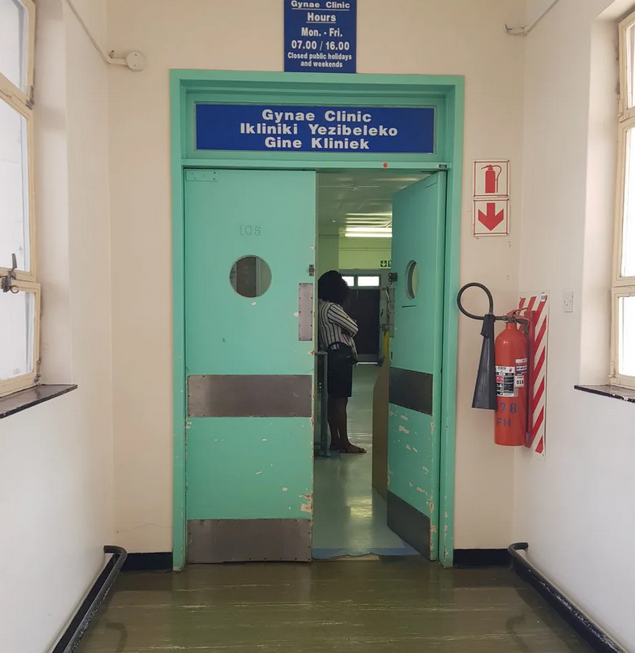Do we need the law to provide for a regular clinical medical procedure such as abortion?

Director of SRJC, Marion Stevens, gives an overview of the state of abortion rights in South Africa, and brings into question whether SA abortion law has any relevance given current practices.
Abortion has always been legal in South Africa, which may surprise many people. The colonial government introduced Roman Dutch law which allowed abortions to take place under certain conditions.
The Abortion and Sterilisation Act of 1975 reserved access to abortion for white women, while increasing control over black women’s bodies – all within a Population Control framework. Under this Act, approximately 1 000 white women accessed abortion every year, while the number of black women seeking abortions was not even recorded.
Every year, about 429 black women died and thousands more were harmed as a result of back street abortion practices. The law required women to consult two medical practitioners before they could obtain an abortion, but this was expensive and proved to be a barrier to many. If a woman was able to access public services and indicated that she had suicidal thoughts, access to abortion could be granted.
During Apartheid, the Immorality Acts of 1927 and 1950 forbade sexual intercourse between “European” women and black people. White women could claim that they were sexually assaulted in order to obtain access to an abortion.
Change in 1996
The Choice on Termination of Pregnancy Act of 1996 liberalised access to abortion and was supported politically by the African National Congress (ANC) to redress the disparity that black women suffered as a result of not having access to abortion services.
After 1996, the country set about implementing surgical abortion services with the training of providers such as trained nurses, midwives and doctors. The method of surgical abortion involved mostly manual vacuum aspiration at different gestation periods. This newer technology replaced the outdated surgical invasive technique of dilatation and curettage. At the height of implementation, about 60% of designated abortion facilities were operational and the maternal mortality rate from septic abortions decreased, indicating a direct correlation between abortion access and women’s health.
However, more than 20 years after our law was liberalised, access to abortion services has declined. Only 40% of designated surgical facilities are currently operational, only 7% of health facilities provide abortion care and maternal mortality from septic abortions has risen to 9.6%. READ MORE…
_________________________
Photo credit: Frere Hospital’s maternity unit: Alicestine October/Spotlight

